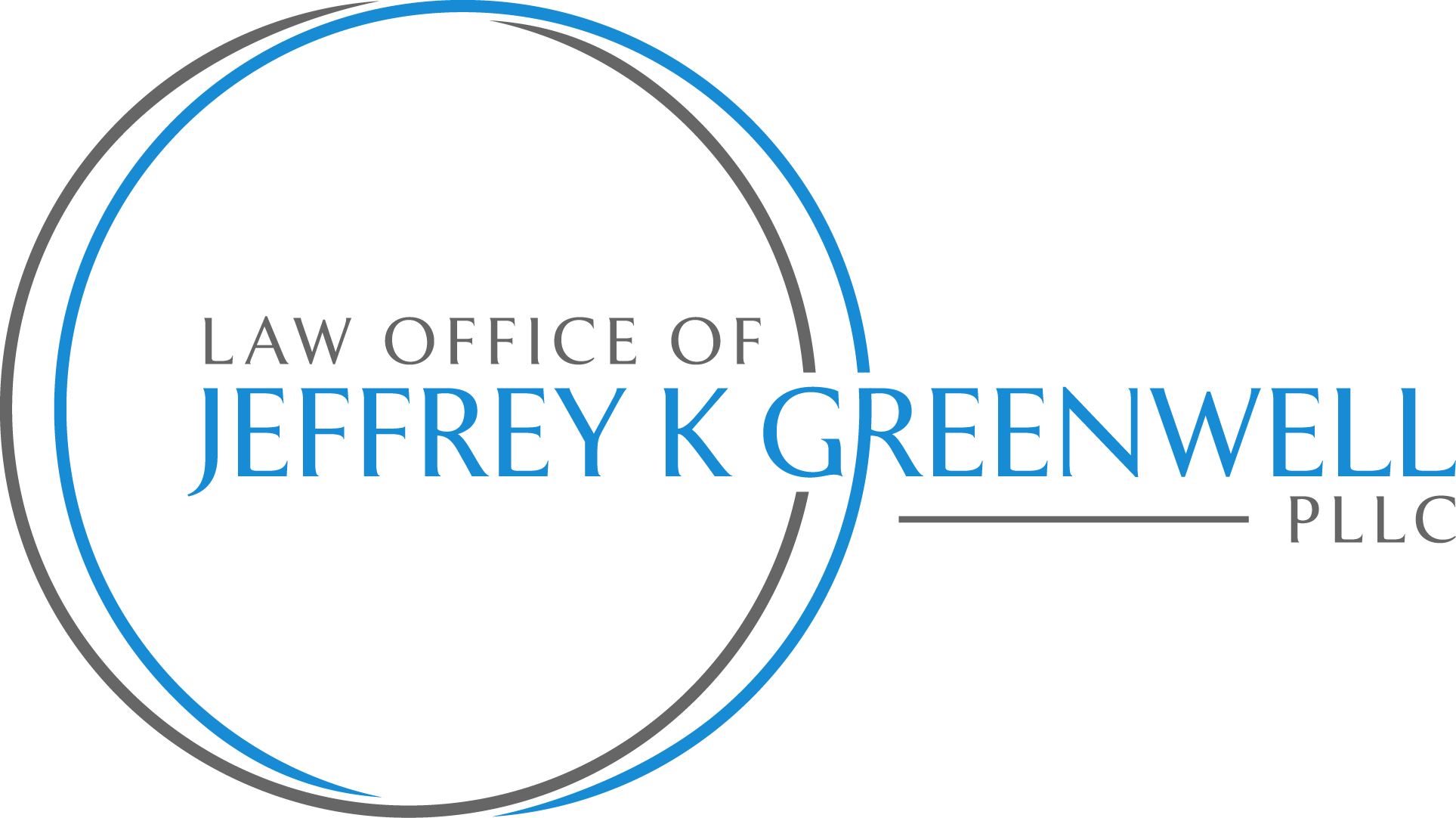In determining your ability to strip off a junior mortgage, you must look at the superior liens, the amounts owing on those debts, and the value of your house.
Summary
Do you have a second or third mortgage on your home? In addition to the many options that a Chapter 13 provides a person that is dealing with a difficult mortgage, imagine if you could strip your junior mortgage

payments. Imagine over the course of the next 3 to 5 years paying only as much as you could readily afford to pay on the balance of that mortgage. This is often only a small portion of the mortgage balance. Or, if over that time you could afford to pay nothing, you’d likely pay nothing on that mortgage balance. Then at the end of that time, whatever you couldn’t pay would get completely written off. That’s what happens in a second or third mortgage strip under Chapter 13 “adjustment of debts.”
Stripping Your Junior Mortgage (Second or Third Mortgage)
The economic environment that is most likely to result in stripping mortgages is one of declining or static home prices. That’s not currently the situation in most parts of the country. Yet, given the huge potential advantages, it’s still worth looking to see if you qualify.
To qualify, your home can’t be worth more than the value of the liens legally ahead of the mortgage being stripped. You want to strip your second mortgage? Your home’s value can’t be more than the sum of first mortgage’s balance plus any other senior liens. Examples of liens possibly senior to the second mortgage: unpaid property taxes, an income tax lien, a homeowner association assessment.
For example, let’s say a home is worth $200,000 and the first mortgage balance is $197,500. You have a second mortgage of $20,000. But say you are also behind on property taxes totaling $4,000. By law the lien on that property tax usually legally comes ahead of the mortgages. So the liens ahead of the second mortgage—$4,000 plus $197,500—total $202,500. That’s more than the $200,000 that the home is worth. The $20,000 second mortgage could likely be stripped.
How Mortgage Stripping Works
Procedures can vary. There is a place in your Chapter 13 plan where your bankruptcy lawyer indicates you are stripping a mortgage. See question 3.2 in the official Chapter 13 Plan form. In most bankruptcy courts your lawyer will also file a motion to strip the mortgage. He or she may instead need to file a more formal adversary proceeding—a specialized bankruptcy lawsuit. The primary issue in all of these procedures is usually the true value of the home. Other pertinent facts are the accurate balances and legal order of the prior liens.
Once those facts are determined, either by consent or the judge’s ruling based on the evidence, it becomes clear whether the mortgage at issue can be stripped. If it can, the mortgage debt turns from one secured by your home into a completely unsecured debt. That allows you to stop making the mortgage payments on the stripped (second or third) mortgage.
How Much the Stripped Unsecured Mortgage Gets Paid
Once the mortgage balance becomes unsecured, you pay it to the same extent as all your other general unsecured debts. As mentioned above, that is often not very much, and may even be nothing.
How much depends usually on what you can afford to pay on these lowest priority debts. That’s called your disposable income—your net income minus reasonable expenses.
However, often much of your disposable income goes elsewhere, not to your general unsecured debts. Other debts are considered legally more important—such as catching up on a first mortgage, vehicle loan, child or spousal support, or income taxes. These secured or priority debts usually get paid in full before anything goes to the general unsecured debts. If all of your disposable income goes to pay secured and priority debts (plus trustee and attorney fees), then there may be nothing left for the general unsecured debts. If so, you may pay nothing on your stripped mortgage balance.
Why You Usually Don’t Pay Any More on General Unsecured Debts
What if you do have some money left over during your 3-to-5-year plan to pay towards your general unsecured debts? This is important: you likely won’t end up paying any more on these unsecured debts if you strip a mortgage. That’s because usually you have only a set amount of money available for all the general unsecured debts. Remember, that’s based on what you can afford to pay, minus what goes to higher priority debts and fees. That set amount of money just gets divided up among an additional unsecured debt—your stripped mortgage balance.
Example: You have $50,000 in general unsecured debts. You can afford to pay a total of $5,000 towards those debts during your 3-year plan. That’s a 10% payout. Now you strip a $20,000 second mortgage, so now your total general unsecured debt balance is $70,000. Your other circumstances haven’t changed, so you still can afford to pay $5,000 towards your unsecured debts. That money is just spread out over more debt (resulting in about 7% payout on them).
The result is that in this example you’d pay about 7% on your stripped mortgage, or about $1,400 of the $20,000. More importantly, you wouldn’t pay a dime more to complete your case than if you didn’t have that stripped mortgage. Then at your Chapter 13 case’s completion, the remaining mortgage balance would be wiped clean and the mortgage’s lien wiped off your home’s title. Call your Kalispell bankrupt lawyer to discuss your options.

